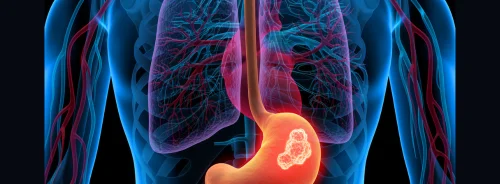A new study, published in the journal "Nuclear Medicine Communications", entitled "Positron emission tomography oncology research in the UK: a comparison with USA and Europe" by Ian N. Fleming et al, has highlighted both the UKs relatively low level of PET equipment compared with other world markets, plus the lack of research into non-FDG radiotracers. T
PET imaging with 18F-fluorodeoxyglucose (FDG) has become a valuable procedure in oncology patient management and drug development. The availability of non-FDG radiotracers to study different aspects of cancer biology presents new opportunities to improve healthcare outcomes and develop new therapeutics. An investigation has been carried out to determine the extent of the use of non-FDG tracers in the UK, assess overall oncology PET research activity and document current UK PET infrastructure. There has been significant recent investment in PET facilities, increasing the UK's capacity to undertake PET research. Nevertheless, the UK still has a lower level of PET equipment compared with Europe and the USA.
Despite the increase in PET imaging capacity in UK research centres, there has not been an increase in non-FDG research, with most studies utilizing FDG at multiple sites. Most non-FDG trials are single-centre studies at well established centres. High tracer prices, a limited range of non-FDG tracers and restricted geographical availability make multicentre trials with non-FDG radiotracers difficult. Several solutions have been identified: formation of purchasing consortia for 18F-labelled radiotracers, production of radiotracers with longer half-lives and establishment of production at regional supply centres.






